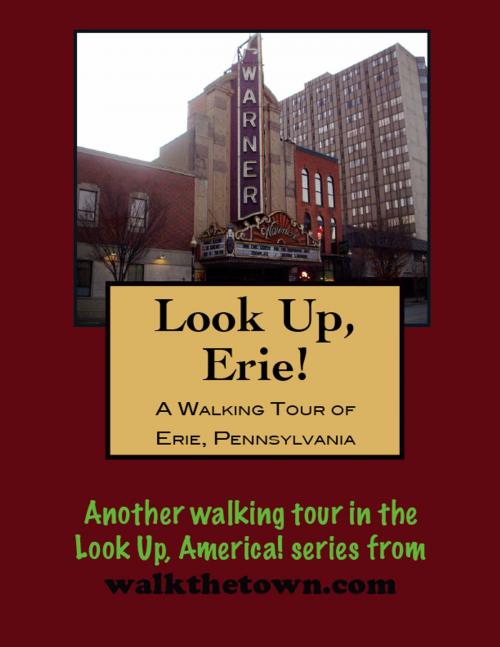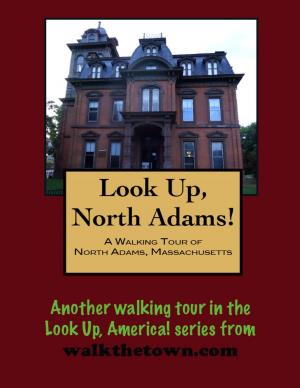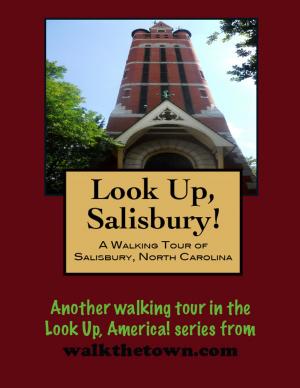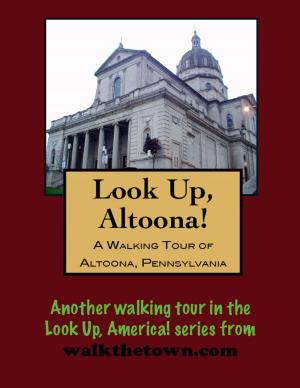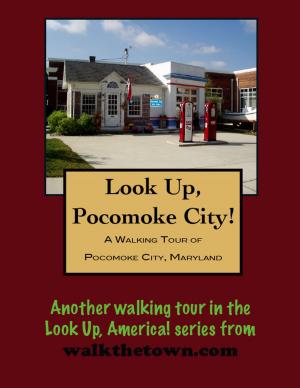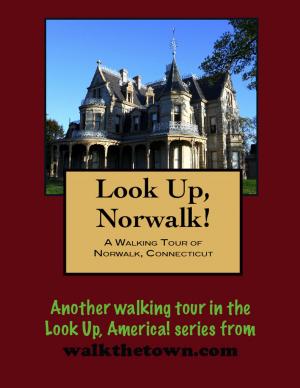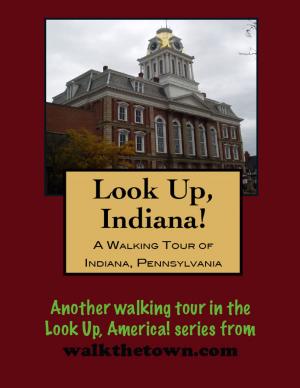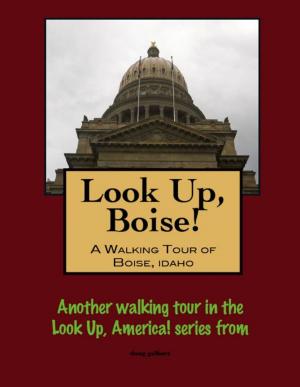| Author: | Doug Gelbert | ISBN: | 9781458125484 |
| Publisher: | Doug Gelbert | Publication: | February 8, 2011 |
| Imprint: | Smashwords Edition | Language: | English |
| Author: | Doug Gelbert |
| ISBN: | 9781458125484 |
| Publisher: | Doug Gelbert |
| Publication: | February 8, 2011 |
| Imprint: | Smashwords Edition |
| Language: | English |
There is no better way to see America than on foot. And there is no better way to appreciate what you are looking at than with a walking tour. Whether you are preparing for a road trip or just out to look at your own town in a new way, a downloadable walking tour is ready to explore when you are.
Each walking tour describes historical and architectural landmarks and provides pictures to help out when those pesky street addresses are missing. Every tour also includes a quick primer on identifying architectural styles seen on American streets.
Erie was named after the Eriez tribe, which was destroyed by a combination of pestilence and the Seneca nation under Chief Cornplanter in the mid-seventeenth century. The first European settlers in the area were the French, who built Fort Presque Isle on the city’s site in 1753. The French abandoned the fort to the English, who lost it in 1763 at the start of Pontiac’s Rebellion. When General “Mad” Anthony Wayne induced the native tribes to make peace in 1794, the area was opened to settlement. The city was laid out in 1795 and became a port, engaged principally in the salt trade, in 1801. Erie became a borough in 1805, and was granted a city charter in 1851. The village of South Erie was incorporated as a borough in 1866, and was consolidated with Erie in 1870.
The city’s history throughout the nineteenth century was dominated by activity on the lake. During the War of 1812 Commodore Oliver Hazard Perry used a harbor on the east side of Presque Isle as a base of operations for the critical Battle of Lake Erie on September 10, 1813. Most of the victorious Perry’s ships were built in Erie. The fishing industry, which later gave Erie the name of being the largest fresh water fishing port in the world, began with the establishment of the Shaw Fish Company in 1821. The opening of the Erie and Pittsburgh Canal in 1844 brought a boom to business in the section; the canal did a profitable business for thirty years and lapsed quietly, despite the protests of the canal men, when the Erie and Pittsburgh Railroad bought it to eliminate competition.
Erie grew into the third largest third city in Pennsylvania (it is now fourth). The last decades of the 1800s brought a golden age to Erie. In 1885 Erie adopted the electric trolley system, being the second city in the United States to do so. By 1900 Erie had become nationally known for the manufacture of its engines and boilers, which were shipped to all parts of the world.
But the importance of the city and its port gradually diminished throughout the twentieth century as the development of automobiles, the railroad, and airplanes eroded the lake trade. In recent decades Erie has been the site of considerable renewal, developing the waterfront for resort activities, clearing buildings for parking lots to serve health care facilities and other projects.
Our walking tour will ignore the Great Lake that gives the city purpose altogether, starting six blocks away in the city’s central park that is dedicated to the hero of the Battle of Lake Erie...
There is no better way to see America than on foot. And there is no better way to appreciate what you are looking at than with a walking tour. Whether you are preparing for a road trip or just out to look at your own town in a new way, a downloadable walking tour is ready to explore when you are.
Each walking tour describes historical and architectural landmarks and provides pictures to help out when those pesky street addresses are missing. Every tour also includes a quick primer on identifying architectural styles seen on American streets.
Erie was named after the Eriez tribe, which was destroyed by a combination of pestilence and the Seneca nation under Chief Cornplanter in the mid-seventeenth century. The first European settlers in the area were the French, who built Fort Presque Isle on the city’s site in 1753. The French abandoned the fort to the English, who lost it in 1763 at the start of Pontiac’s Rebellion. When General “Mad” Anthony Wayne induced the native tribes to make peace in 1794, the area was opened to settlement. The city was laid out in 1795 and became a port, engaged principally in the salt trade, in 1801. Erie became a borough in 1805, and was granted a city charter in 1851. The village of South Erie was incorporated as a borough in 1866, and was consolidated with Erie in 1870.
The city’s history throughout the nineteenth century was dominated by activity on the lake. During the War of 1812 Commodore Oliver Hazard Perry used a harbor on the east side of Presque Isle as a base of operations for the critical Battle of Lake Erie on September 10, 1813. Most of the victorious Perry’s ships were built in Erie. The fishing industry, which later gave Erie the name of being the largest fresh water fishing port in the world, began with the establishment of the Shaw Fish Company in 1821. The opening of the Erie and Pittsburgh Canal in 1844 brought a boom to business in the section; the canal did a profitable business for thirty years and lapsed quietly, despite the protests of the canal men, when the Erie and Pittsburgh Railroad bought it to eliminate competition.
Erie grew into the third largest third city in Pennsylvania (it is now fourth). The last decades of the 1800s brought a golden age to Erie. In 1885 Erie adopted the electric trolley system, being the second city in the United States to do so. By 1900 Erie had become nationally known for the manufacture of its engines and boilers, which were shipped to all parts of the world.
But the importance of the city and its port gradually diminished throughout the twentieth century as the development of automobiles, the railroad, and airplanes eroded the lake trade. In recent decades Erie has been the site of considerable renewal, developing the waterfront for resort activities, clearing buildings for parking lots to serve health care facilities and other projects.
Our walking tour will ignore the Great Lake that gives the city purpose altogether, starting six blocks away in the city’s central park that is dedicated to the hero of the Battle of Lake Erie...
